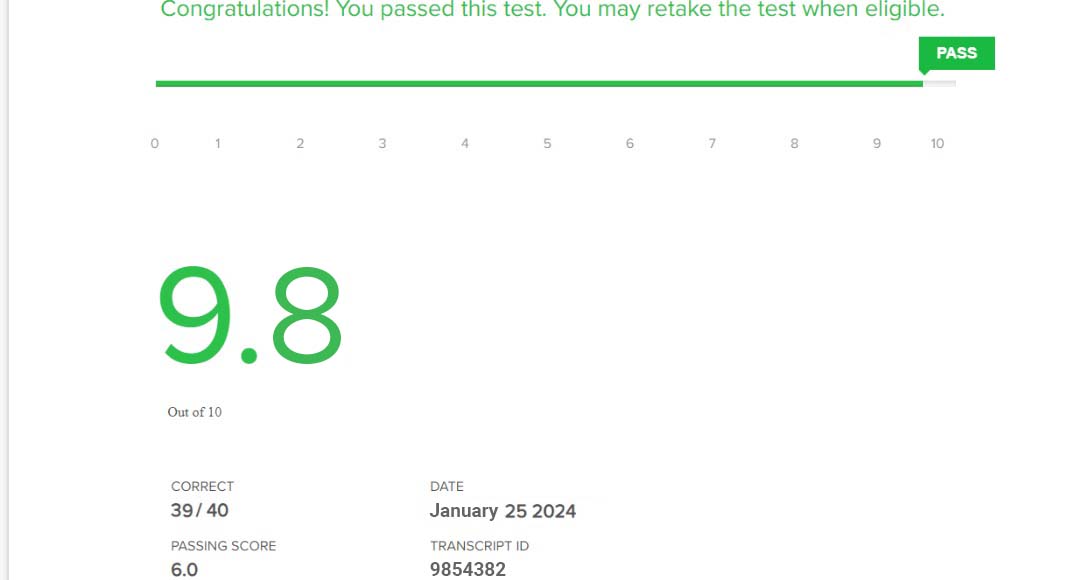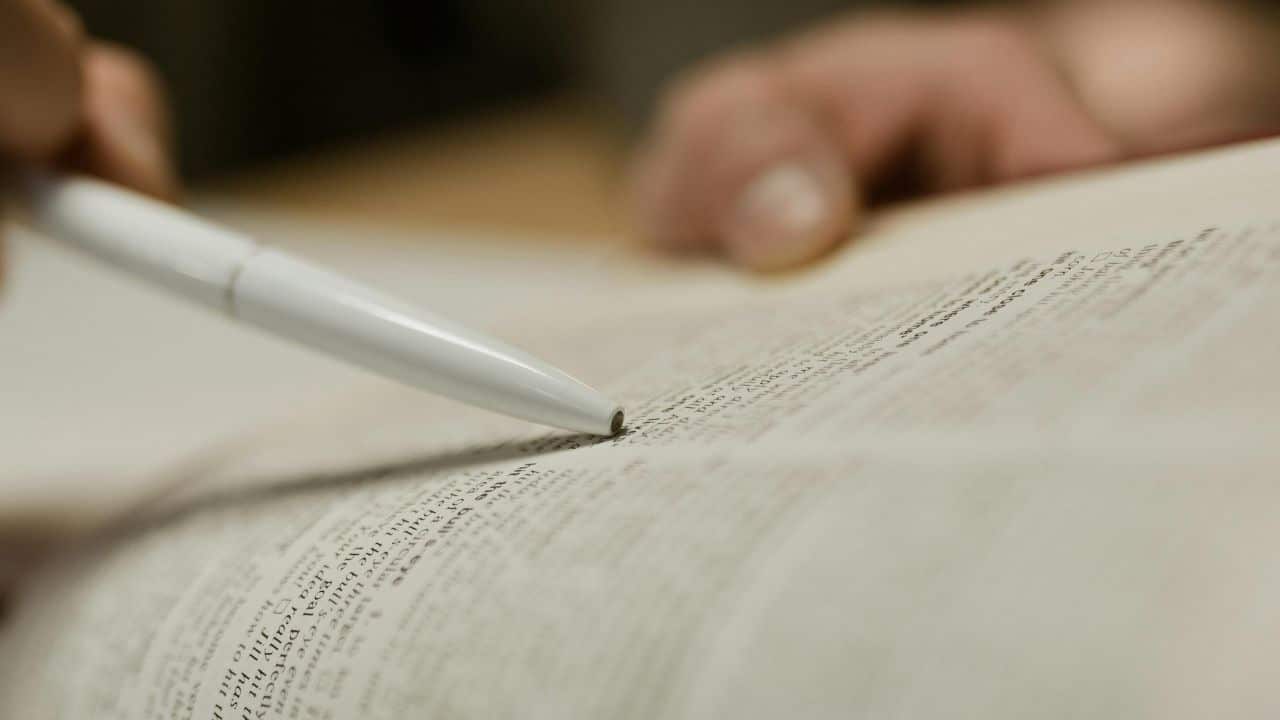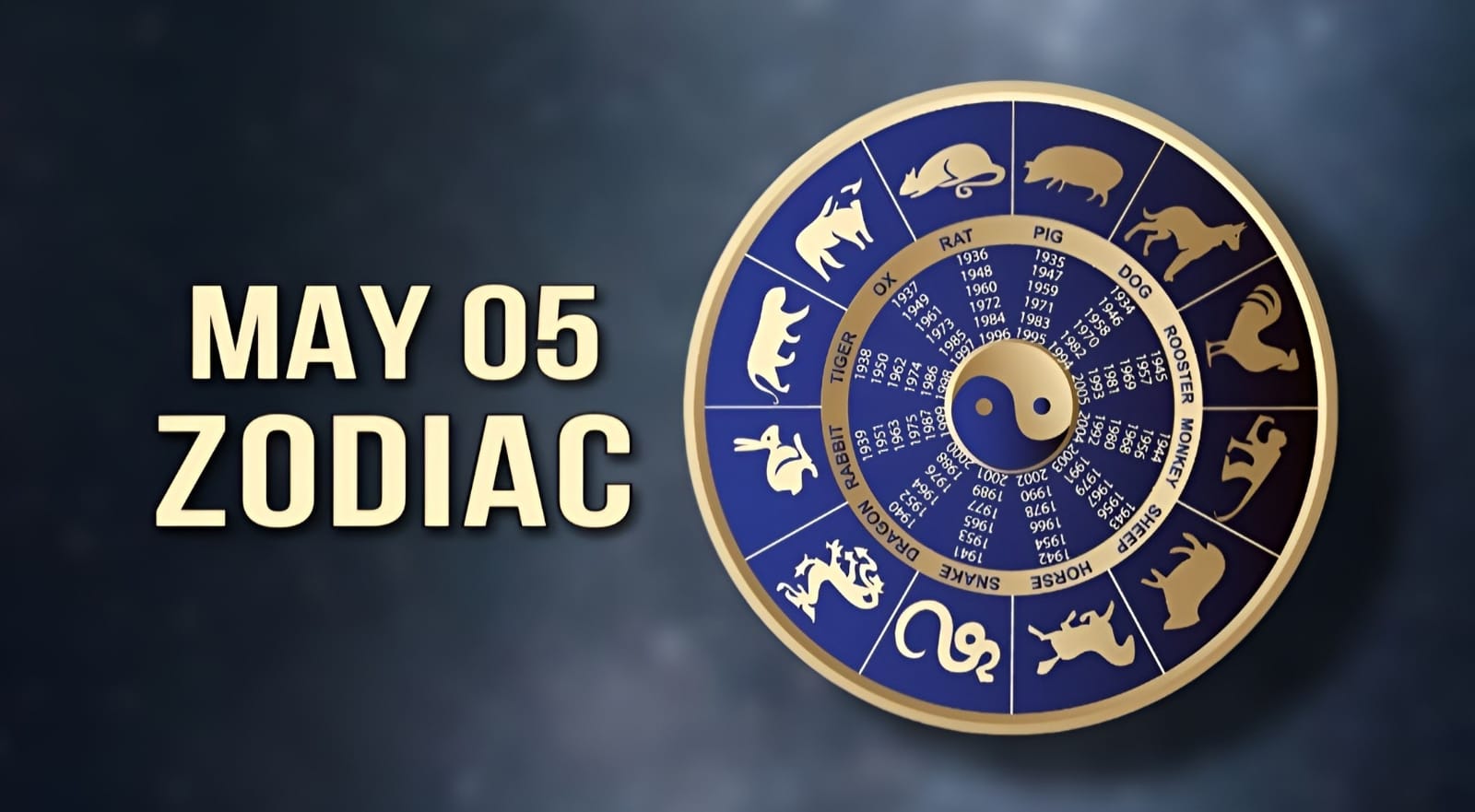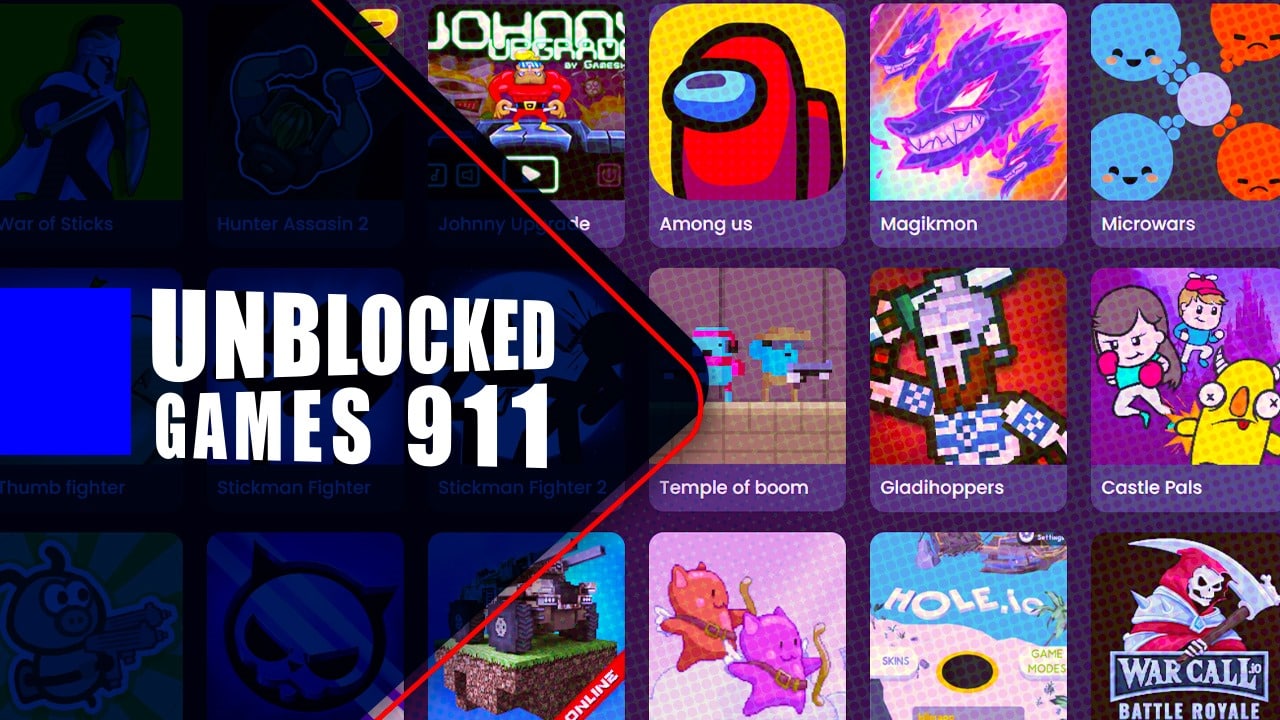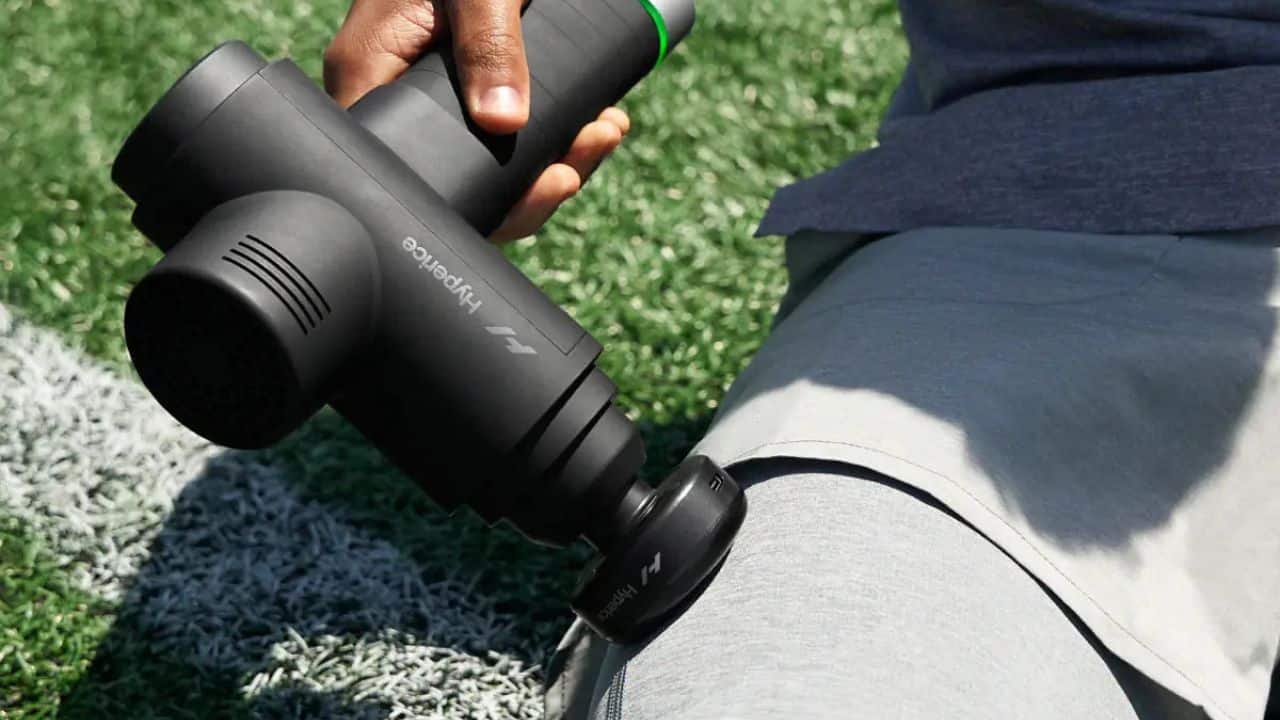One crucial aspect you may learn while taking a screenwriting course is the creation of tension. Tension keeps viewers on the edge of their seats, enthralling them with anticipation and suspense. Let’s explore the different techniques you can employ to effectively create tension in your screenwriting.
Establish Clear Objectives and Obstacles
To generate tension, establish clear objectives for your characters. What do they want to achieve? Then, introduce significant obstacles that stand in their way. The greater the stakes and the more formidable the obstacles, the higher the tension. Whether it’s a physical barrier or an internal conflict, the audience will be invested in the characters’ struggle and eager to see how they overcome it.
Utilize Time Constraints
Time constraints are an effective tool – set deadlines, countdowns, or races against the clock to add a sense of urgency. When characters are pressed for time, the audience becomes anxious, wondering if they will accomplish their goals before it’s too late. This technique injects a palpable sense of tension into the narrative and keeps viewers engaged.
Employ Suspenseful Dialogue
Craft tense and charged conversations between characters by using subtext and double meanings. Unresolved conflicts and veiled threats can create an atmosphere of unease, where the audience is unsure of what might happen next. Introduce verbal sparring and confrontations to keep viewers engaged and guessing the characters’ true intentions.
Build Emotional Conflict
Create characters with conflicting desires. The clash between their emotional needs can generate intense emotional friction and keep the audience invested in their journey. Show the characters torn between two choices or put them in situations where they must make morally challenging decisions. This inner turmoil will create a sense of tension that resonates with the viewers.
Use Visual and Auditory Cues
The visual and auditory elements of your screenplay can enhance tension significantly. Manipulate lighting, camera angles, and music to create a heightened atmosphere of suspense. Utilize close-ups and tight framing to convey the characters’ emotions and increase the scene’s intensity. Similarly, using sound effects and music can heighten tension, signaling imminent danger or impending conflict.
Employ the Element of Surprise
Surprise your audience by subverting their expectations. Introduce plot twists and unexpected developments that challenge the characters and the audience’s assumptions. The element of surprise keeps viewers engaged and eager to see what happens next. However, make sure you maintain consistency within your story and only create surprises that are plausible and organic to the narrative.
Control Pacing
Slow down the pacing during crucial moments to amplify suspense. Allow the tension to simmer, gradually building up to a crescendo. Conversely, quicken the pace during action sequences or high-stakes scenes to intensify the adrenaline rush. By skillfully manipulating the rhythm of your story, you can control the audience’s emotional experience and create a heightened sense of tension.
Embrace Silence
Sometimes, silence speaks volumes. Use moments of silence strategically to generate tension. Silence can be more potent than words, allowing the audience to dwell in the anticipation and uncertainty of a scene. Pauses and quiet moments can build suspense, signaling an impending revelation or a sudden turn of events.
Incorporate tension wisely
Remember that tension is not an end in itself but a means to engage and captivate your audience. It’s a big part of what a screenplay is and what drives the momentum of a story. So, experiment with these techniques and create screenplays that leave viewers on the edge of their seats, eagerly anticipating each twist and turn.


